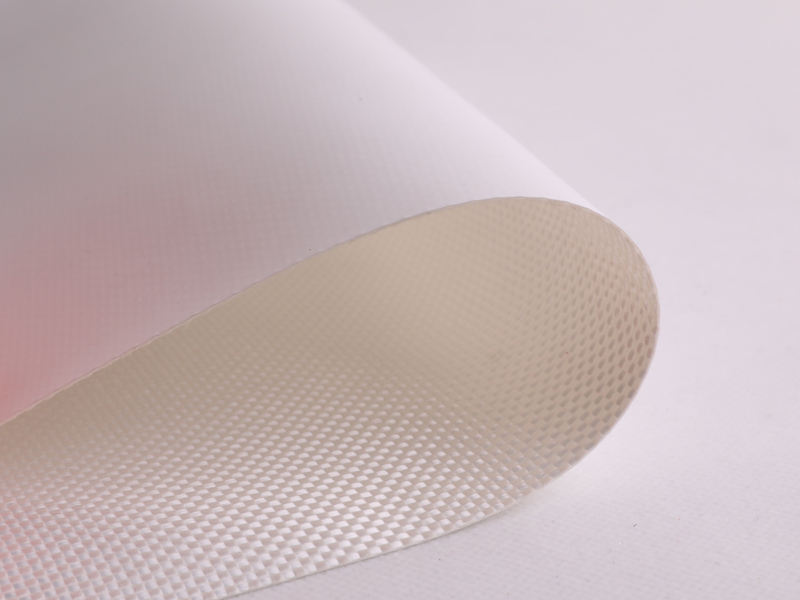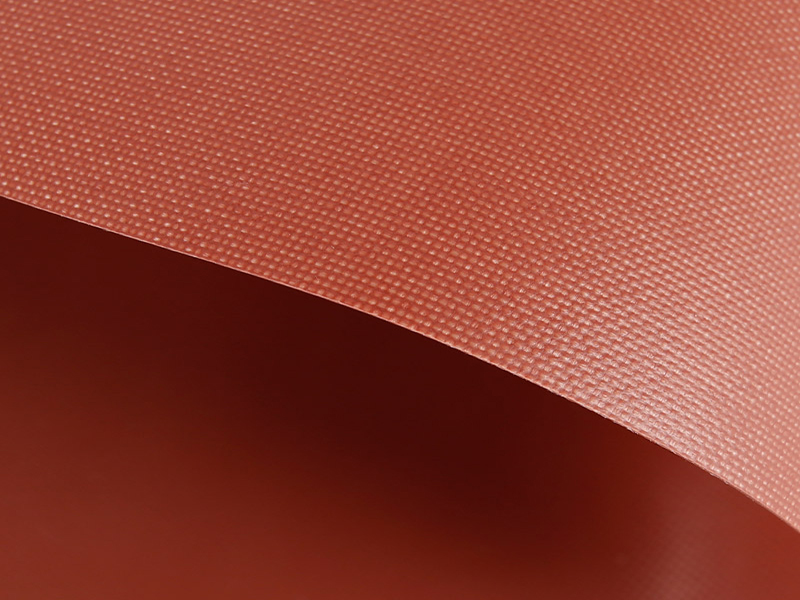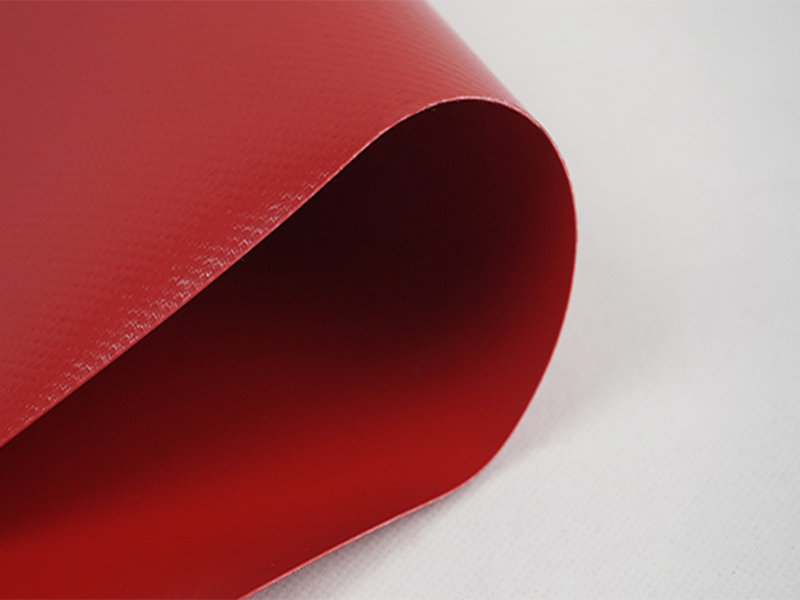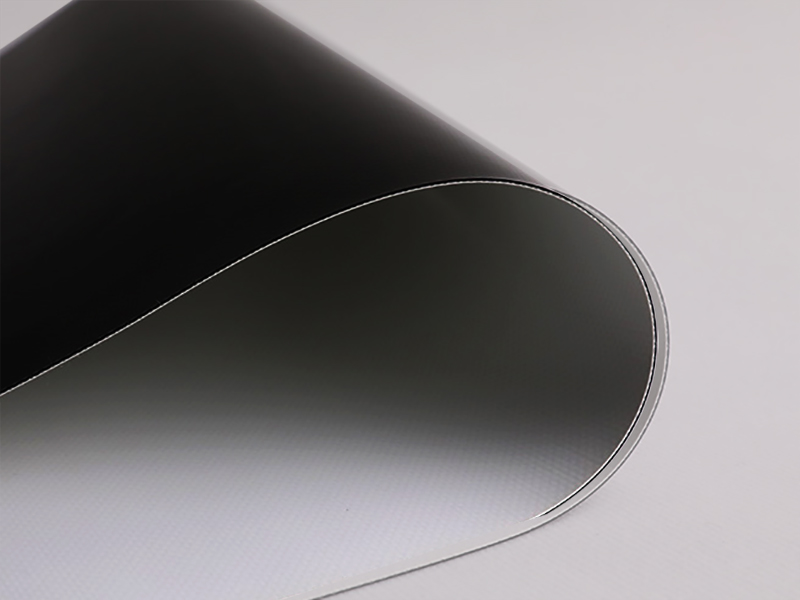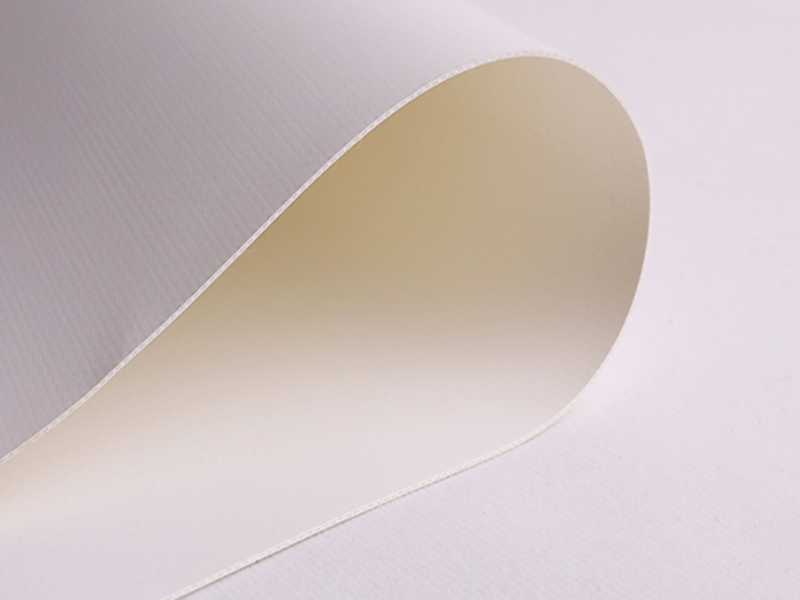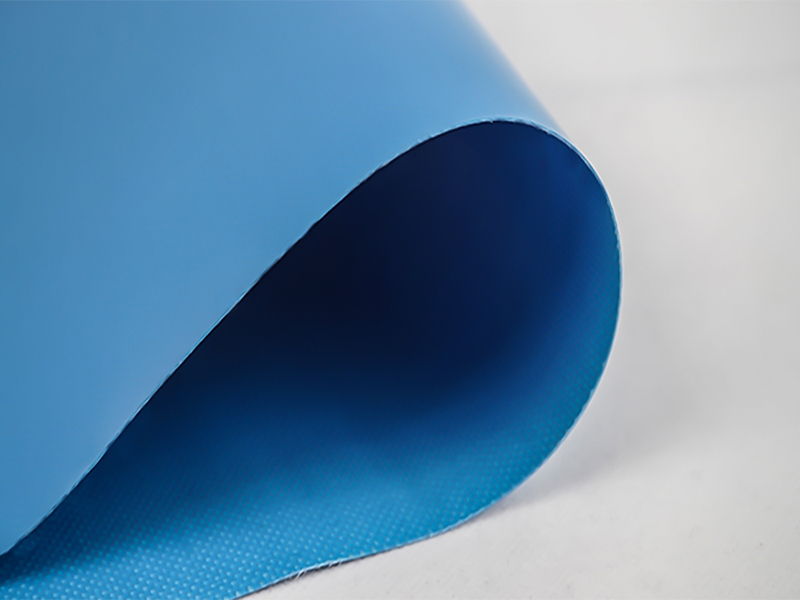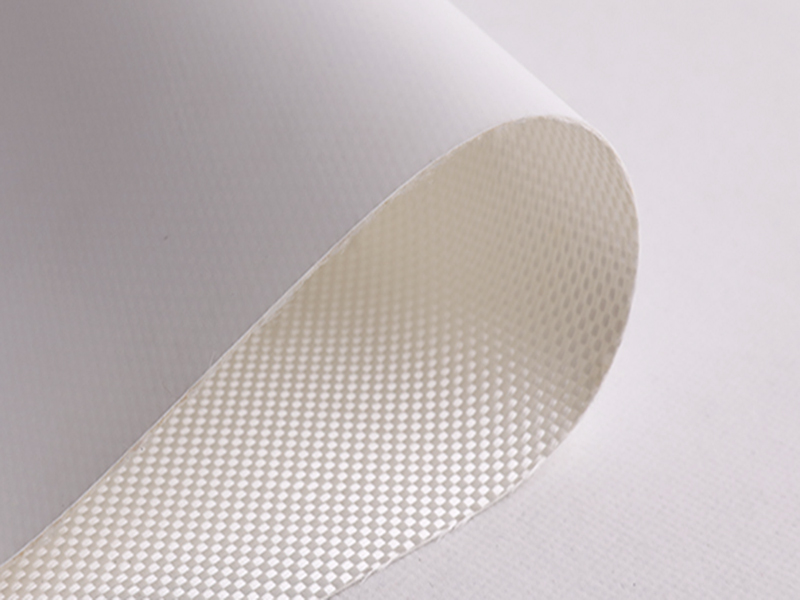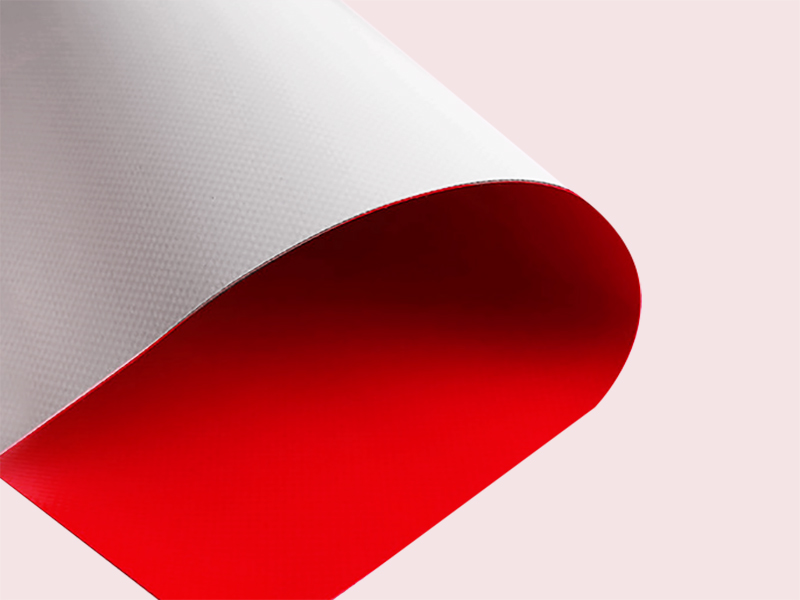1. Breathability
The breathability of tarpaulins must be considered, especially for military awnings. Factors that affect breathability are structure, density, material, type of waterproof finish and resin adhesion. As the resin adhesion increases, the air permeability of the tarpaulin decreases. Of course, this has to do with finishing agents.
2. Tensile strength
The tarpaulin should be able to withstand various tensions during use, such as tension during fixing, and additional forces such as wind, rain, and knots during use. Despite these external forces, it still needs to maintain the original shape and is not easy to deform. This requires high tensile strength of the tarpaulin, and the longitudinal and lateral tensile strengths should not be too different. In particular, the tensile strength of large shelters used for inflatable construction is particularly important. The base fabric is generally made of high-strength polyester, vinylon and other long-fiber fabrics. The surface is treated with vinyl chloride resin and chlorosulfonated polyethylene resin. The strength of the product mainly depends on the strength of the fiber material and the density of the fabric.
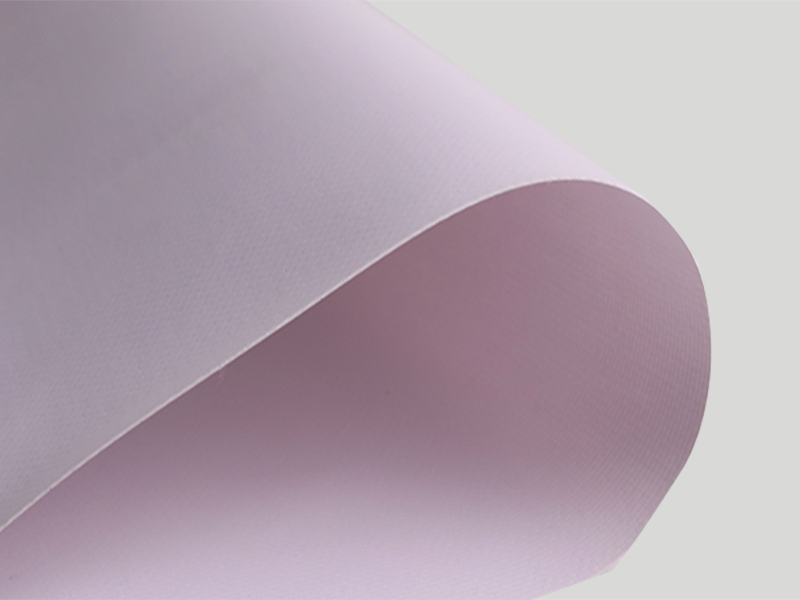
3. Elastic skin and dimensional stability
As canopies and greenhouses, they are often used in stressful environments. The elongation of the fabric should not be too large, and its dimensional stability depends on the creep properties of the material.
4. Water resistance
Water resistance is an important property of tarps. Through the impregnation process, the vinyl chloride resin is filled into the gaps of the fabric structure to form a film. Water resistance is not a problem if the resin adhesion per unit area exceeds a certain level. If the film is thin, it will break easily when bent, rubbed or worn, and may produce muddy water.




